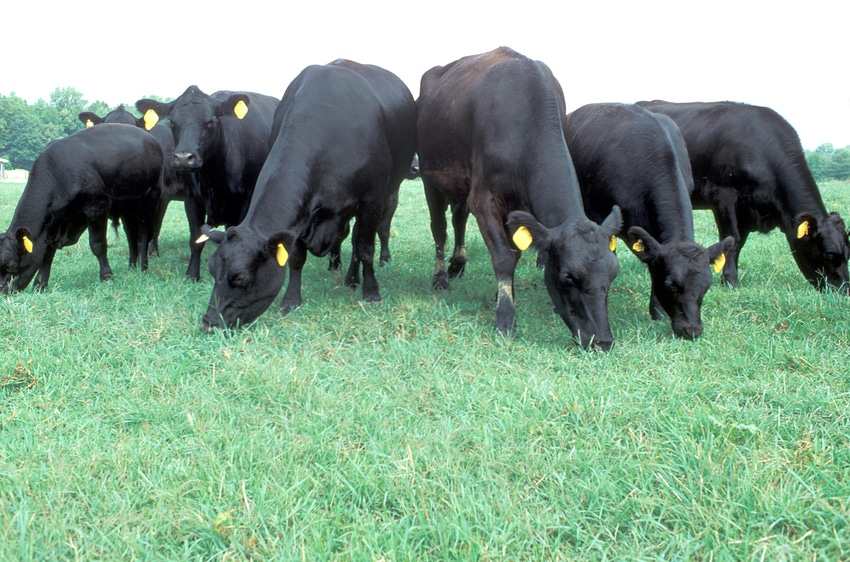November 13, 2014

It’s not too early to start preparing spring pastures by attacking weeds and addressing fertility issues, LSU AgCenter experts advised at an early November beef cattle producer program in Opelousas, La.
LSU AgCenter weed scientist Ron Strahan said good rainfall didn’t just benefit forage. “It was a great growing season for weeds,” he said. “I expect a bumper crop of weeds this year in our pastures.”
Good rainfall resulted in a thinner waxy layer that usually coats leaves of weeds, making it easier to control with herbicides, Strahan said.
He said buttercup weeds are already starting to bloom, but the plants can be killed now with 2,4-D, sprayed at the rate of a pint per acre. The cost is about $2 an acre.
He said 2,4-D should be applied early on newly emerged thistles to be effective. Grazon Next, Grazon P+D or Chaparral can also be used.
It’s also a good time to kill Chinese tallow trees, or chicken trees, using Tordon RTU. An axe can be used to hack into a tree, and the chemical can be directly applied to the cut. One hack should be made for every 3 inches of diameter of a tree, he said.
But Strahan warned that the chemical could also kill nearby desirable trees.
Strahan said Virginia buttonweed, long a problem in lawns, is becoming more of a problem in pastures. He said it can be controlled with two applications of Cimarron Max, six to eight weeks apart.
LSU AgCenter soil scientist J Stevens said a proper soil nutrient plan for a pasture must start with soil testing to determine what should be added to the soil.
Some fertility problems can be detected visually, he said. Bermudagrass with reddish or purple leaves is indicative of a phosphorus deficiency, while a stunted appearance and yellowish color in the leaves in the bottom of the plant would be a nitrogen deficiency.
Failure to replenish sulphur can cause forage leaves in the upper part of the plant to have a slight yellow cast.
Soil pH levels can be just as important as nutrient content, however, Stevens said. If soil is too acidic, microbes that help release nutrients in the soil organic matter will not be active.
The problem doesn’t just affect pastures. “There are a lot of 4.5 to 5 pH soils used for soybeans, and they are barely getting their money back,” he said.
Vince Deshotel, LSU AgCenter county agent in St. Landry Parish, said historic record cattle prices could last for several years. “It’s pretty exciting to be in the cattle business right now.”
Deshotel said the LSU Master Cattle Program will start a new class beginning May 15 at the Dean Lee Research Station at Alexandria. The cost is $125.
Mike Dominque, owner of Dominique’s Stockyard where the meeting was held, said even lower-quality cattle are bringing good prices.
“Enjoy it while it lasts, and I think it will last awhile,” Dominque said.
He said cattle should still be castrated and vaccinated to bring top dollar.
You May Also Like




